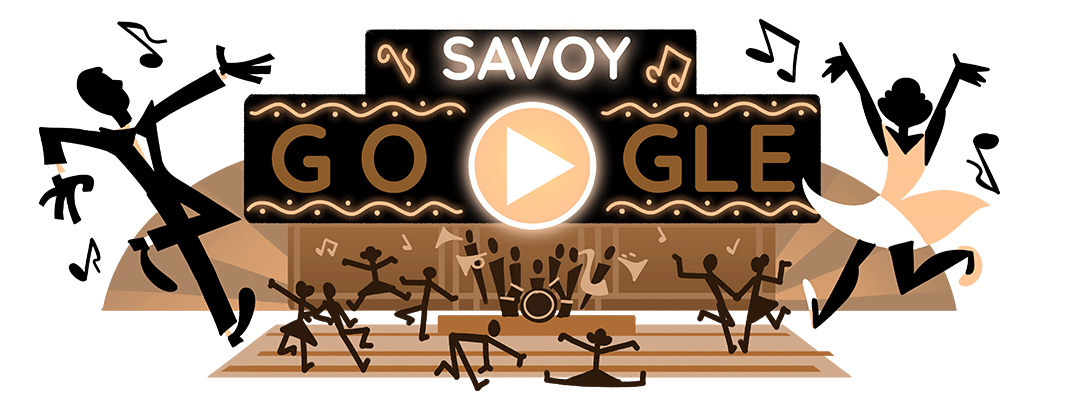Hello ladies and gents this is the Viking telling you that today we are talking about
Celebrating swing dancing and the Savoy ballroom!
Today’s Doodle celebrates swing dancing and the Savoy Ballroom—an iconic Swing Era dance hall that thrived from the 1920s to 50s in New York City’s Harlem neighborhood. On this day in 2002, Frankie Manning and Norma Miller, two of members of Whitey's Lindy Hoppers, unveiled a commemorative plaque where its entrance once stood.
The Savoy Ballroom made history as one of the first racially integrated public spaces in United States when it opened its doors with a no-discrimination policy in 1926. In the early 20th century, Harlem housed a predominantly Black community, including those who migrated from other parts of the U.S. and the Caribbean.
This community’s impact was prevalent throughout Harlem, as the neighborhood thrived as a site for creativity and culture—and the home of the Savoy Ballroom. Albeit a white-owned institution, the Black community of Harlem made the Savoy the cultural heartbeat of the neighborhood and an epicenter of innovation for swing dance and music worldwide.
The Savoy’s ballroom awaited guests up two marble staircases on the second floor, featuring a 10,000-square foot mahogany and maple dance floor that was a city block long. The glamorous dance hall sparkled as a hub of jazz and jive.
The Savoy’s twin bandstands hosted seamless live music as many of the world’s acclaimed jazz musicians—including the likes of Chick Webb, Count Basie, and Ella Fitzgerald—trumpeted out the soundtrack for thousands of dancers each night (and over 700,000 annually!). In step with the big band energy, patrons powered the nightclub with the electricity of ever-evolving swing dance styles.
The Charleston, the Big Apple, and in later years the Mambo, were among dances enjoyed at the Savoy, but the most popular was the vivacious Lindy Hop, which was born and bred in the ballroom.
The Lindy Hop is characterized by a swinging rhythmic connection between partners, a flurry of acrobatic air steps in the performance version, and footwork that contributed to one of the Savoy’s signature nicknames: “The Home of Happy Feet.” With the synergistic life forces of jazz dance and music, the Savoy Ballroom shined as a melting pot of Harlem nightlife during a time of racial segregation for the next three decades.
In 1958, the Savoy Ballroom closed its doors for good but its international impact is still felt to this day. At its historic location in between 140th and 141st Street on New York City’s Lenox Avenue, a commemorative plaque honors the Ballroom and its legacy as a home of cultural innovation.
Here’s to all the memories swingin’ at the Savoy!

Comments
Post a Comment